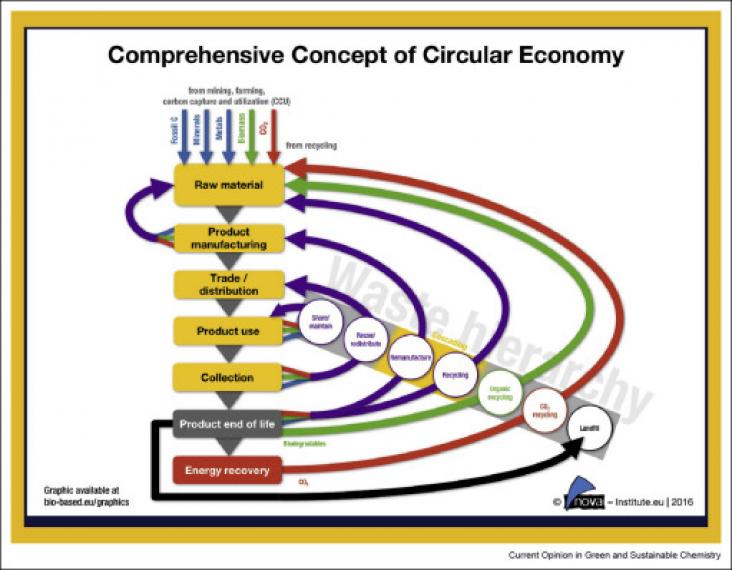Where are commodity crops certified, and what does it mean for conservation and poverty alleviation?
Voluntary sustainability standards have expanded dramatically over the last decade.

World Future Energy Summit is the world’s leading business event for future energy and sustainability, showcasing pioneering technologies and ground-breaking thinking in energy, energy efficiency, water, solar, waste, smart cities, climate and the environment. As a global hub for business, innovation and knowledge exchange, World Future Energy Summit inspires the advancement and transfer of ideas, technology and investment across borders and between the public and private sectors worldwide, helping stimulate sustainable growth for all.
Elsevier,
Sustainable Food Systems from Agriculture to Industry, Improving Production and Processing, 2018, Pages 3-46
This book chapter addresses goals 2 and 12 by explaining the current state of food production, the challenges it poses to food security, and options for ensuring global food supply going forward.
Corrosion inhibition performance of an environmentally friendly compound, 8-hydroxyquinoline (8-HQ), on X60 steel was investigated in 15% hydrochloric acid (HCl), which simulate oil well acidizing env
Metal-organic framework (MOF) materials are porous materials with high surface area that offer enormous flexibility of design and tailoring of its surface properties to be used in diverse chemical pro
The versatile use of droplet coagulation to recycle complex waste resources (fly ash FA, rice husk ash RHA and alum sludge AS) was investigated.
Chemistry made once expensive leisure activities available to public by providing inexpensive materials for fishing rods, golf equipment etc.
The replacement of the fossil resources historically employed for chemicals’ production is of major scientific interest the last decades, as a result of the environmental issues arisen and the price v
Innovating with intent: How science and sustainability can combine to develop a safer, novel solvent
This article describes how a chemical company identified, developed and marketed a new solvent using EPA standards.

